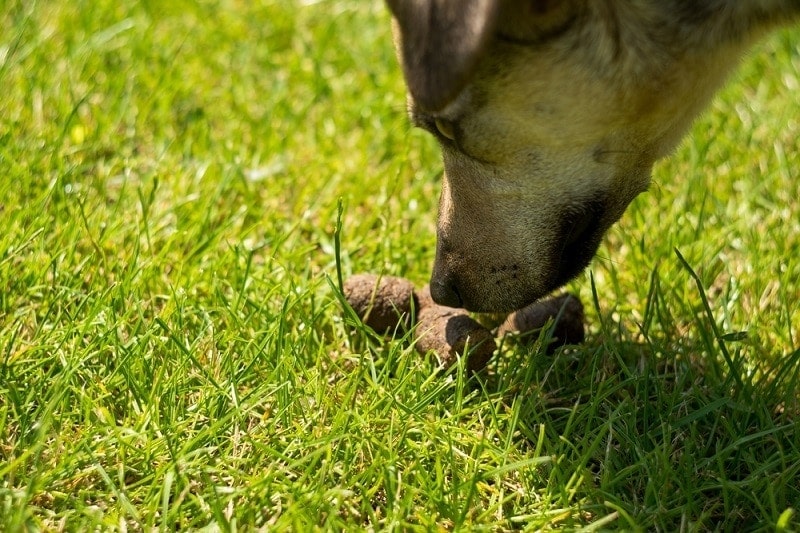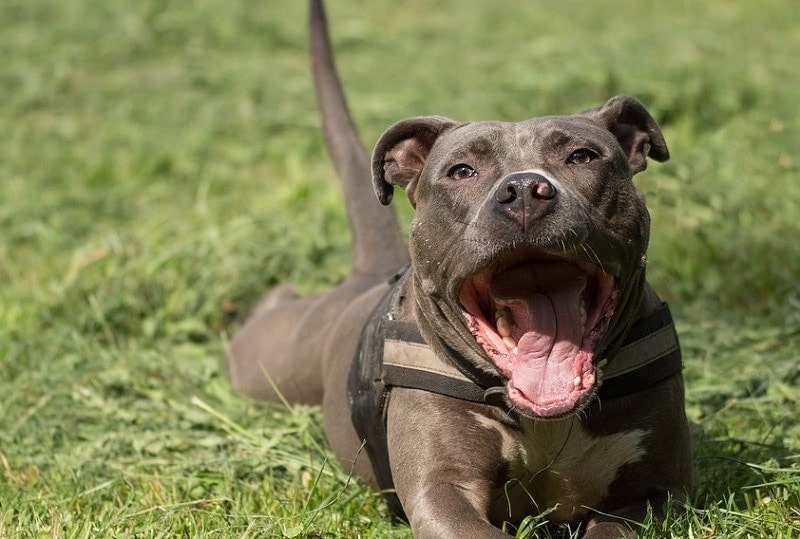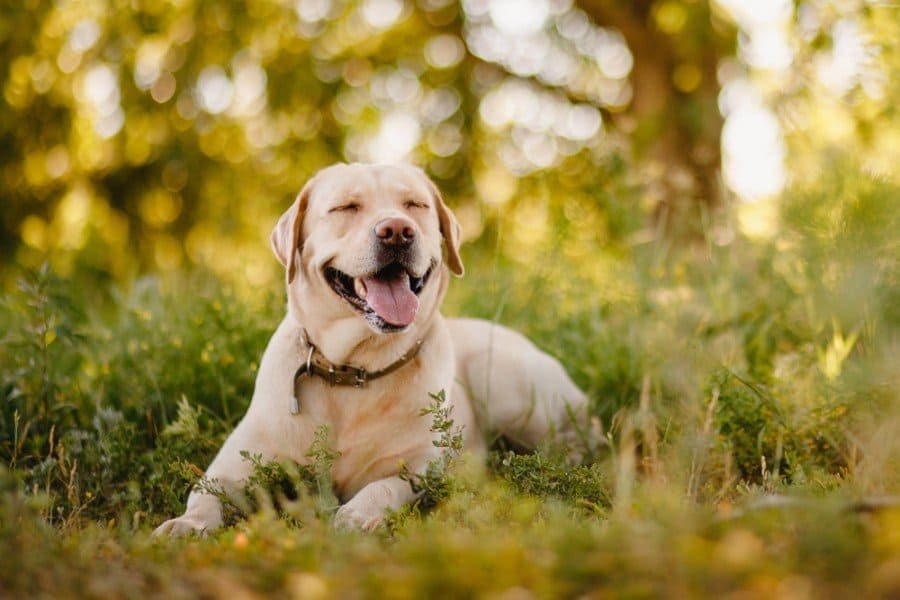Is the Pet Industry Really Recession-Proof? Here’s Why or Why Not
By Jessica Kim
Updated on
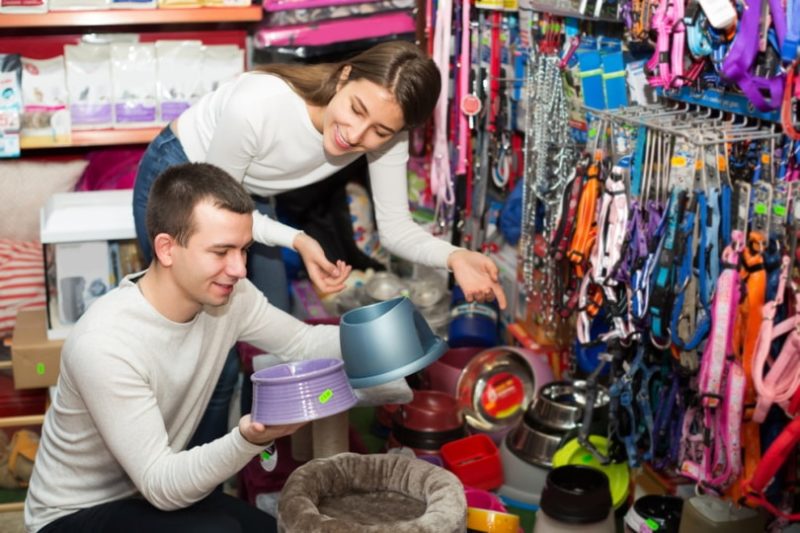
Many people, especially those in the Millennial and Gen-Z generations, are very fond of their pets and often see them more as family members than just animals living in their homes.1 Because people develop special bonds with their pets and pets are always needing food and care supplies, they see the pet industry as recession-proof.
However, the security and stability of the pet industry are very nuanced. So, there may be too much confidence surrounding the pet industry, and carelessness can lead to pet industry businesses shutting down during recessions. So, it’s important to know what you’re getting yourself into before you jump into a pet business or make more investments in this industry.
Reasons the Pet Industry May Be Recession-Proof
An industry is deemed to be recession-proof when it’s believed to be “economically resistant to the effects of a recession.”.2 There are several common reasons why experts in the field May believe that the pet industry is recession-proof.
High Prevalence of Pet Ownership
First, the US has a high prevalence of pet ownership, especially with cats and dogs. About 70% of households, which is approximately 90.5 million homes, have at least one pet.3 Between the years 1988 to 2020, pet ownership has been on the rise and increased by 14%.4 It’s important to remember that this time period also includes the 2008 recession.
Even during the economic challenges of the COVID-19 pandemic, pet ownership remained consistent, and many pet adoption centers also experienced an increase in adoptions. Despite inflation, a 2021 survey completed by the ASPCA shows that most American homes will not consider rehoming their pet.5
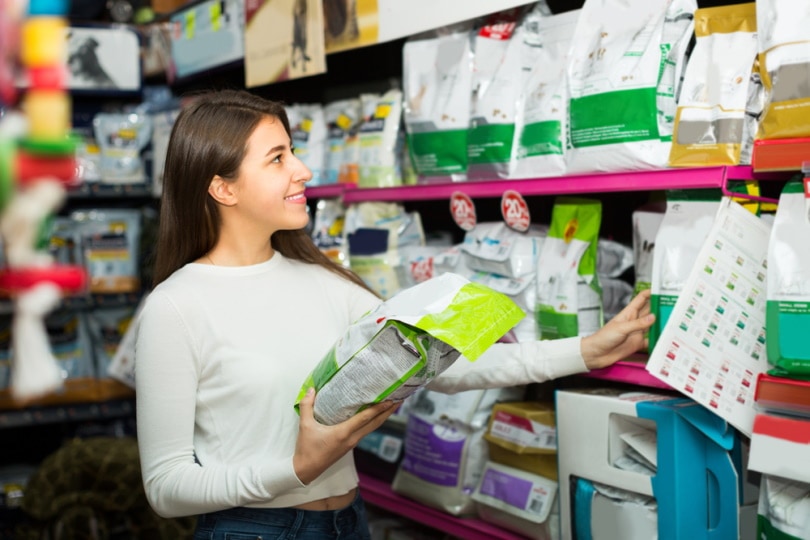
Attitude Towards Pets
People also tend to develop strong emotional bonds with their pets, and many cat and dog owners feel love, affection, and companionship from their pets. About 88% of Americans view their pets as family members. Therefore, pets in American homes tend to receive very good treatment, and many receive holiday presents and have their birthday celebrated.
Willingness to Spend on Pets
Despite current economic challenges and inflation, many people will still spend on their pets. A survey gathering data from 2021 to 2022 saw that pet spending had increased, and 35% of pet owners had stated that they spent more on pet supplies than they had in the previous year.6
The survey also showed that online shopping by pet owners increased by 20%. Pet owners are also more environmentally conscious and about 51% of pet owners prefer to pay more for eco-friendly and ethically-sourced pet products.
Some surveys have also shown that pet owners may be willing to go into debt to pay for their pet’s medical bills. One survey gathered that about 44% of pet owners have had to pay for their veterinary care expenses with a credit card, while 18% of pet owners have dived into their savings accounts to pay for vet bills.7
Despite rising costs, about 55% of Americans haven’t changed the amount they spend on their cats or dogs. 8% of pet owners are spending more on their pets despite inflation.
Reasons the Pet Industry May Not Be Recession-Proof
The pet industry has generally positive outlooks on economic growth, but there are some sectors within the industry that may experience challenges. For example, the rising costs of veterinary care and limited access to in-office appointments are starting to shift how pets receive veterinary care.8 There’s now more access to pet telehealth and at-home testing kits, which tend to be cheaper than in-person office visits. Because of these changes, traditional veterinary care clinics may start to see a decline in patient visits.
People are also looking for high-quality pet food due to marketing trends and research on how healthy diets impact a pet’s lifespan and quality of life. Many pet owners are still splurging on pet food that uses all-natural ingredients, and the fresh pet food market is still projected to grow at a CAGR of 23.71% from 2021 to 2027.9
Low-quality pet food is still marketable for its lower prices. However, some pet food companies may need to shift how they source and prepare their food and market their products to appeal to the growing demand from pet owners who want to feed their pets high-quality meals. Those that don’t adapt may fall behind.
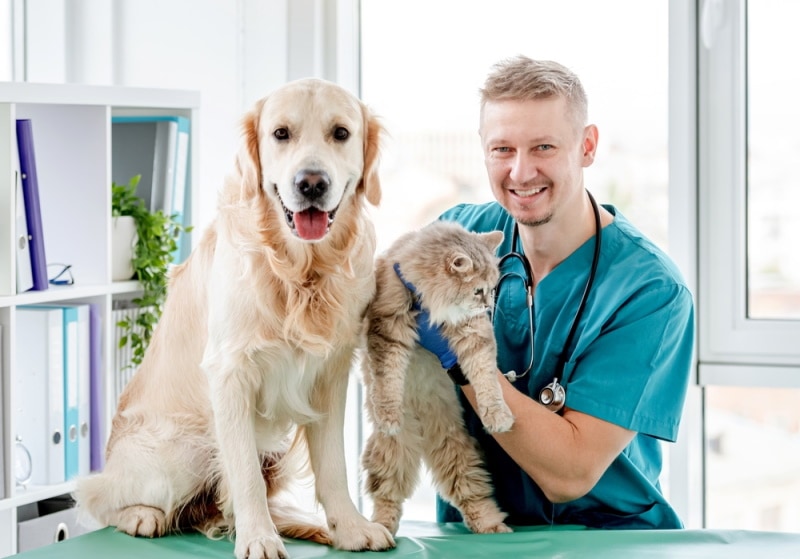
Final Thoughts
Overall, the pet industry is seen as recession-proof and has the research to back up this claim. However, some specific sectors in the pet market may start to see a decline, including traditional veterinary care services and low-quality pet food.
Making adjustments and being adaptable to the changes in attitude in pet ownership can help businesses in the pet care industry remain relevant and thriving. These types of businesses are more likely to survive and even experience growth during periods of economic hardship.
Featured Image Credit: BearFotos, Shutterstock

